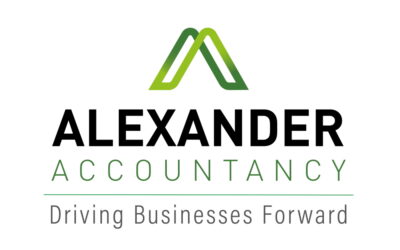
13th January 2022 Posted by - Alexander Accountancy
Valuing goodwill is a complex process and there are many different methods which can be used and that vary from industry to industry. Goodwill is a way of placing a monetary value on the business’s reputation and customer relationships. Or as HMRC say in their guidance, in accounting terms, purchased goodwill is the balancing figure between the purchase price of a business and the net value of the assets acquired.
HMRC’s approach to valuation of goodwill suggests that there should be no expectation of a synergy-based value on an open market value basis unless synergy in a particular market is common place.
HMRC’s manuals state that when valuing the goodwill of a business the valuer should have regard to the following:
- the full sale and purchase documentation relating to the transfer of both tangible and intangible assets
- succession arrangements
- the valuation approach used – e.g., capitalisation of profits, super profits or a trade specific method
- the activities of the business and role of the owners within it
- the financial statements/accounts (including the detailed trading and profit and loss account) for the 3 years before valuation
- any other relevant financial information
- appropriate yield and multiples of comparable companies and sectors
- the commercial and economic background at valuation date
- how the personal goodwill of the owner has been reflected in the valuation
- any other relevant factors.
